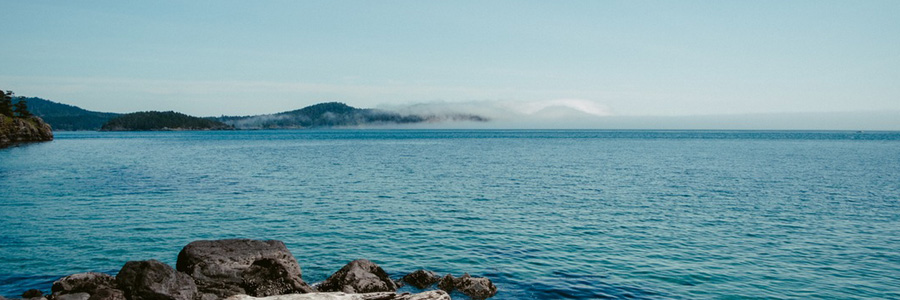The Water Blog Drinking Water Contamination Problems and Their Treatment
What Size UV System Do I Need?
Posted on August 10, 2012

UV systems are designed to do one thing and one thing only, that is to kill bacteria and viruses in your drinking water. How effectively the UV system works is a function of a number of factors, including flow rate, water quality and pipe size.
In order to properly size your UV system. You must take all of these factors into consideration. The first question to ask yourself is, how many people are in the home and what is the typical water use pattern (for example are there five teenagers in the family all having three showers a day?) The next thing to consider is are you installing a UV system to service the entire household or just the drinking water portion?
Considering you want purified water in your bath and shower, as wash up water, and for general use throughout the household including outdoor use. The alternative is to install a smaller UV system, typically at the kitchen sink to provide purified sterilized drinking and cooking water only.
Let's assume that the UV system you've selected is designed to serve the entire household. First, check out the pipe size of your household plumbing, so you can match the plumbing size to the UV port size. Next, consider the number of people in the household. For families of up to three people, we recommend a system producing 5 gallons per minute at minimum. Families of up to five or six people with standard water use patterns, would use an 8 gallon per minute UV system, which is the industry standard for most residential installations. Larger homes may require a higher flow rate of up to 12, 15 or even 20 gallons per minute.
Next, consider the quality of the source water supplied to your home. Ideally, the water should be clear and clean. If that's not the case, we recommend a dual filtration system be installed just ahead of the UV disinfection system. The filtration system should include a 5 μ sediment filter and a carbon filter. The sediment filter will remove suspended particles from the water stream, thereby improving the clarity of the water. The carbon filter will remove foul taste and odour along with a wide variety of chemical contaminants that may be present in the water supply.
To provide proper disinfection, and kill all of the bacteria and viruses that may be present in your drinking water, your UV system must be sized to provide the proper UV dose. Let's take for example, the most common bacteria found in drinking water supplies that being E. coli. This insidious bacteria is relatively simple to totally destroy if your UV system is properly sized. The E. coli bacteria requires less than 6 millijoules of UV energy to destroy more than 99.99% of the bacteria present. A typical UV system will provide well in excess of that UV dose, maybe as high as 10 times that dose. Other types of bacteria and viruses that may be present in the water will have their own UV dose profile, and therefore a specific UV dose required in order to kill them. For this reason, we recommend over sizing any UV system.
When deciding on a UV system for your home, consult the UV dose charts that are available with the UV system in order to determine one UV dose is applicable to your system. We recommend selecting only systems that provide at least 30 millijoules of UV energy at the end of lamp life time frame. End of lamp life refers to one year after the installation of a new UV lamp at which point the UV lamp will be at its weakest point.
Search The Water Blog
More Information
Please contact us at sales@wyckomaruv.com for more information